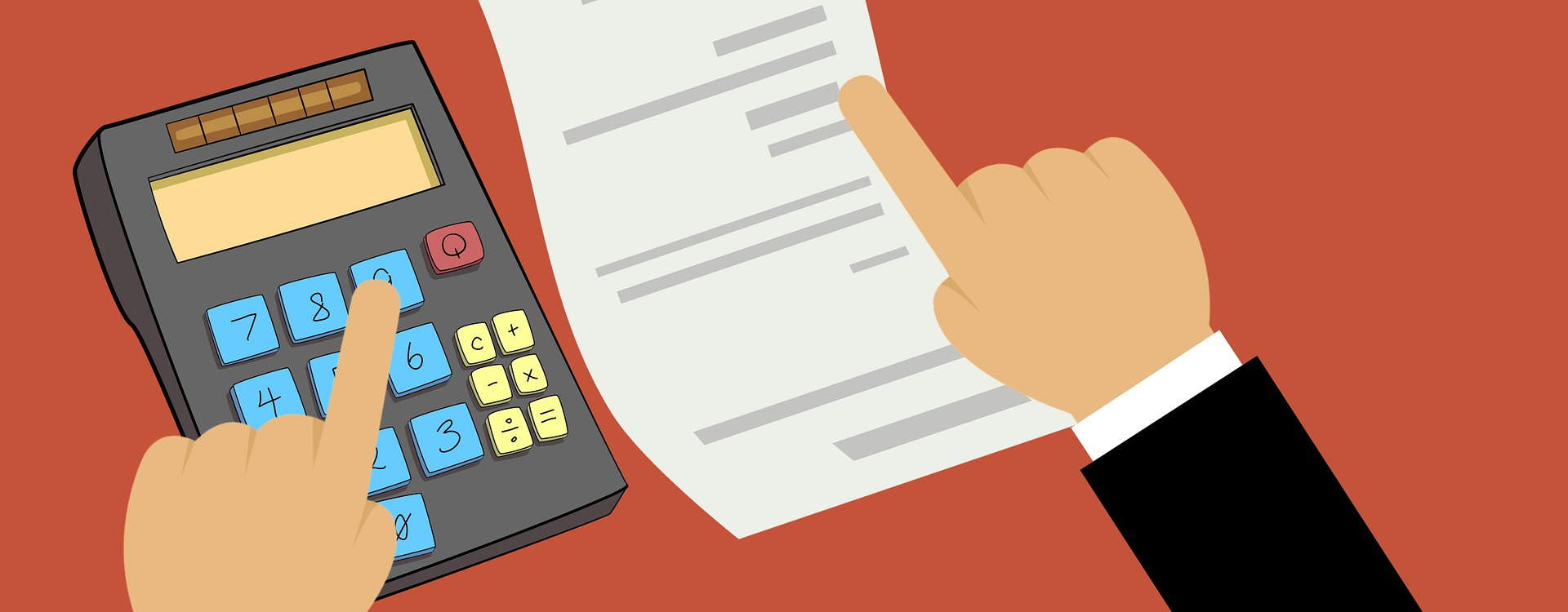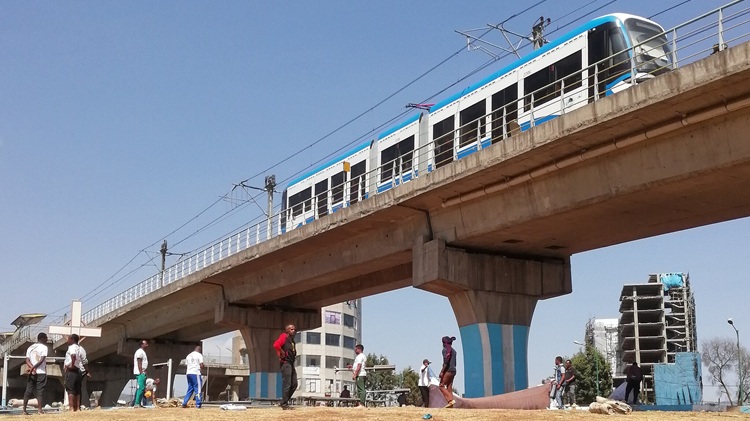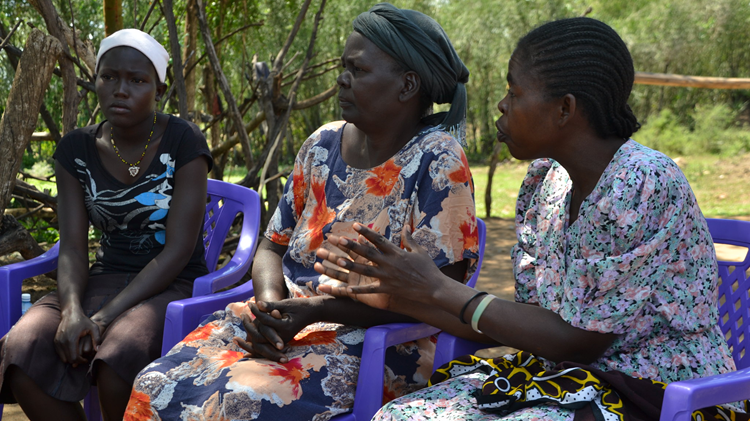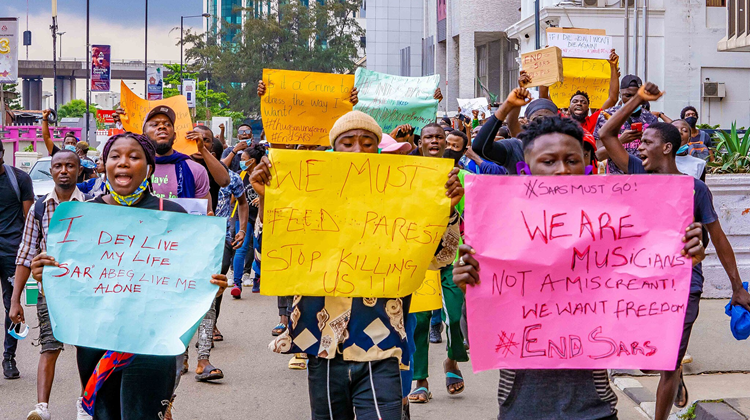Indebted and underfunded

Africa’s debt crisis calls for both domestic and global reforms to ensure fiscal and growth sustainability.
Africa's dependency on foreign debt has evolved into a source of economic fragility. Once an instrument for infrastructure and development, foreign debt now often exacerbates fiscal stress. How can this crisis be solved? There is no patent remedy, but there are a number of potentially effective measures.
According to the International Debt Statistics (IDS) database, the continent's external debt has risen continuously since the 2008/2009 global financial crisis, reversing the prior decade of decline achieved largely through the World Bank and International Monetary Fund (IMF) debt relief programs, such as the Heavily Indebted Poor Countries Initiative (HIPC) and the Multilateral Debt Relief Initiative.
Between 2009 and 2023, the external debt-to-GDP ratio, that is, the proportion of public and publicly guaranteed long-term external debt outstanding and disbursed in GDP, rose from just under 13% to 25%, with countries like Cabo Verde, Djibouti and Zambia exceeding the World Bank’s and IMF’s debt sustainability thresholds.
The debt-servicing burden, i.e. interest and principal repayments, has grown equally steep, from 3% of government expenditure in 2009 to 10% by 2023. Similarly, the debt servicing burden is alarming in other countries. For example, Angola's share rose from 11% in 2009 to 44% in 2018. As a result of the COVID-19 pandemic, it peaked at 61% in 2021 before falling to 50% by 2023.
Africa’s creditors
Historically, multilateral institutions such as the World Bank, the IMF and the African Development Bank have been the main lenders. They issued concessional loans after rigorous due diligence that took into account key governance challenges such as corruption, weak institutions and political instability, in addition to economic growth.
Since the early 2010s, however, Africa’s creditor structure has changed. Private and bilateral lenders are playing an increasingly important role: in 2023, 42% of Africa's external debt was accounted for by private creditors, 35% by multilateral creditors and 23% by bilateral creditors.
China is the continent's largest bilateral lender. In 2023, it accounted for 40% (US$62 billion) of Africa's bilateral debt, a significant increase from 11% (US$9.3 billion) in 2009. Almost half of African countries were indebted to China by 2023. Of the debts incurred with Chinese private creditors, almost two-thirds were accounted for by Angola. The rest were distributed among Egypt, Zambia, the Republic of Congo, Ethiopia, Guinea, Côte d'Ivoire, Ghana, Cameroon, Gabon, Tanzania and Benin, respectively.
The loan conditions sometimes differ considerably depending on the type of lender. While some bilateral creditors also offer preferential and concessional terms, the terms are less advantageous than for loans granted by multilateral institutions. Private loans usually have higher interest rates and shorter maturities. This is mainly due to the so-called “Africa premium" – a premium that reflects the higher risks that private investors associate with lending to African countries.
Global shocks such as the COVID-19 pandemic have exacerbated the debt crisis in Africa, as many governments have had to take out more private loans to strengthen health systems and social safety nets. But the roots of the debt crisis go back further: since the early 2010s, African countries have been spending a significant part of their revenues on debt servicing with private creditors.
A complex crisis
Because of the changed debt structure, Africa's debt crisis can no longer be assessed solely based on traditional indicators such as the IMF and World Bank debt sustainability thresholds or overall economic performance. Instead, the credit conditions of private creditors, the effective use of borrowed funds and the national framework conditions play an increasingly important role.
The growing presence of bilateral and private creditors in the African debt market is increasingly undermining the ultimate purpose of external borrowing and weakening due diligence requirements in financing arrangements.
As a result, funds are also borrowed for unproductive purposes. Between 2000 and 2017, Zambia borrowed large sums from China to finance its state apparatus instead of investing in long-term development projects. In other cases, funds that were originally earmarked for infrastructure projects were misappropriated. This led to so-called "ghost projects" – projects that only existed on paper and in which the repayment burden was shifted to taxpayers.
Much of Africa’s debt fuels ghost projects, instead of infrastructure development, where it is desperately needed
In addition, there is growing concern about hidden debts among certain private and bilateral lenders, so the actual debt of some African countries could be much higher than previously thought. Studies show that many African countries prefer to borrow from private and bilateral lenders, as they usually do not have the same strict due diligence and transparency requirements as multilateral institutions.
In addition, many African countries still rely on the so-called "Angola model" to borrow from China, in which today's debts for infrastructure projects are paid off by future supplies of raw materials. But if commodity prices collapse, countries that take this approach could face payment difficulties similar to those experienced in the debt crisis of the 1980s. It was also triggered by falling revenues from the extractive sector, but at that time, most of the debt was with multilateral creditors, who granted relief and debt relief.
Out of the debt crisis
There is no patent remedy for Africa's debt crisis. Instead, a series of measures is needed, both at the national and global levels.
The top priority is to promote responsible borrowing and lending to avoid excessive accumulation of debt. Better governance and greater transparency are equally crucial to ensure that loans are used wisely and not misappropriated. Another approach is to promote diverse and sustainable economic growth on the continent. After all, a broad economic base reduces dependence on foreign financing and strengthens the resilience of African economies to future external shocks.
African countries must also be able to handle a debt threshold of at least 50% to 60% of their economic output as required by the IMF and World Bank. This requires loans at very low and advantageous interest rates (concessional terms), but this means that someone has to compensate for the additional risk premium.
In many cases, public or philanthropic resources can be used to support loan guarantees, blending, regulatory reforms and public-private partnerships. These measures reduce risks for private investors, facilitate access to capital for African countries, and thus promote economic growth.
Other immediate measures to alleviate the debt burden include so-called "debt swaps" – i.e. the (partial) cancellation of existing debts, provided that social or ecological projects are implemented in return, for example. Another way to relieve the burden is to voluntarily adjust existing debt contracts, for example, by lowering interest rates or extending repayment periods. However, these measures require careful planning to prevent incentives for economic misconduct and ensure long-term benefits.
A new global financial framework
In order to promote sustainable development and, at the same time, counter the debt crisis in Africa, global partnerships must be reviewed and rethought. A new global financial framework should focus on three points in particular.
First, reforms of the international financial institutions are needed. Africa's role must be strengthened here, whether within the framework of the IMF or the World Bank. In addition, it is important to expand low-interest loans and to assess the creditworthiness of states more objectively. The establishment of an African Credit Rating Agency (AfCRA), announced by the African Union for June 2025, can be an important step towards fair and transparent ratings that more accurately reflect economic reality.
Second, a global pact for Africa's development should be concluded, aimed at mobilising funds for the expansion of infrastructure. This could be done through a combination of grants, soft loans and private investment. Another source of financing is so-called diaspora bonds – i.e. investment opportunities for Africans living abroad who want to invest in development projects in their home countries. Already today, the sum of annual remittances to African countries exceeds both official development assistance and foreign direct investment, at over US$50 billion.
Third, international partnerships must support Africa's economic diversification, for example through investment in value-adding industries and technology transfer. The full implementation of regional trade agreements such as the African Continental Free Trade Area (AfCFTA) is also crucial to reduce the continent's dependence on commodity exports and strengthen economic stability.
Government revenue and legal framework
In addition, an improved mobilisation of domestic revenues is necessary, which can be achieved above all through national tax reforms and a more effective fight against corruption. But the implementation of a fairer global tax structure, which ensures African countries a fair share of profits and curbs tax avoidance by multinational companies, will also help to increase government revenues.
Perhaps most importantly, African governments are more transparent about their debts and disclose information about their loan agreements. This is the only way to prevent debts from accumulating unnoticed.
Transparent borrowing is not an option; it is the first essential step to real fiscal sovereignty
The World Bank is already committed to debt transparency and recommends the disclosure of loan terms, payment schedules and the entire public debt stock, including the liabilities of state-owned enterprises. It also suggests that borrowers can free themselves from excessive non-disclosure agreements and that government loans use raw materials and other collateral with caution.
African governments should also improve their national legal frameworks to prevent hidden debt and stop taking out opaque loans backed by commodities. This would also strengthen trust between borrowers and lenders, as creditors would no longer have to fear that others will get their money back while they extend or restructure loans.
Common interest
The debt crisis in Africa has intensified in recent years, and many countries are struggling to repay their debts. In order to reduce the growing debt burden, a comprehensive approach is needed: the quality of governance must be improved; African countries must be adequately represented in international financial institutions; and revenue streams should be diversified. In addition, investments in technology, skills development and infrastructure, as well as promoting Africa's regional integration, are crucial.
Innovative and sustainable financing approaches such as green bonds – bonds used to finance green projects – can complement traditional sources of capital. Other alternative forms of financing range from crowdfunding, in which many individuals jointly provide capital, to Islamic finance, which is based on the principles of Islamic law and prohibits interest, among other things.
Ultimately, it is in the interest of all the financiers – multilateral, public and private – to help Africa achieve long-term financial stability and sustainable economic growth.
Image: Mohamed_hassan/Pixabay
This article was originally posted as a German contribution in Internationale Politik on 28 April 2025 and is republished with permission. The authors slightly shortened this English version.







